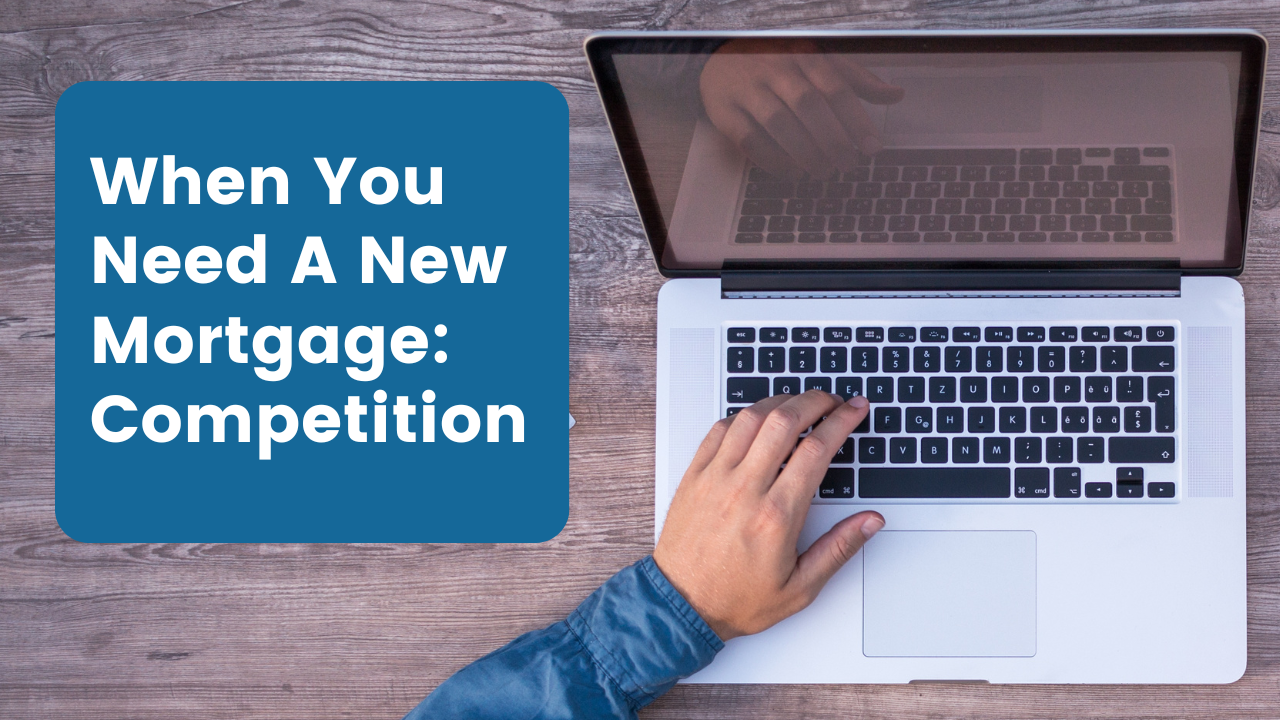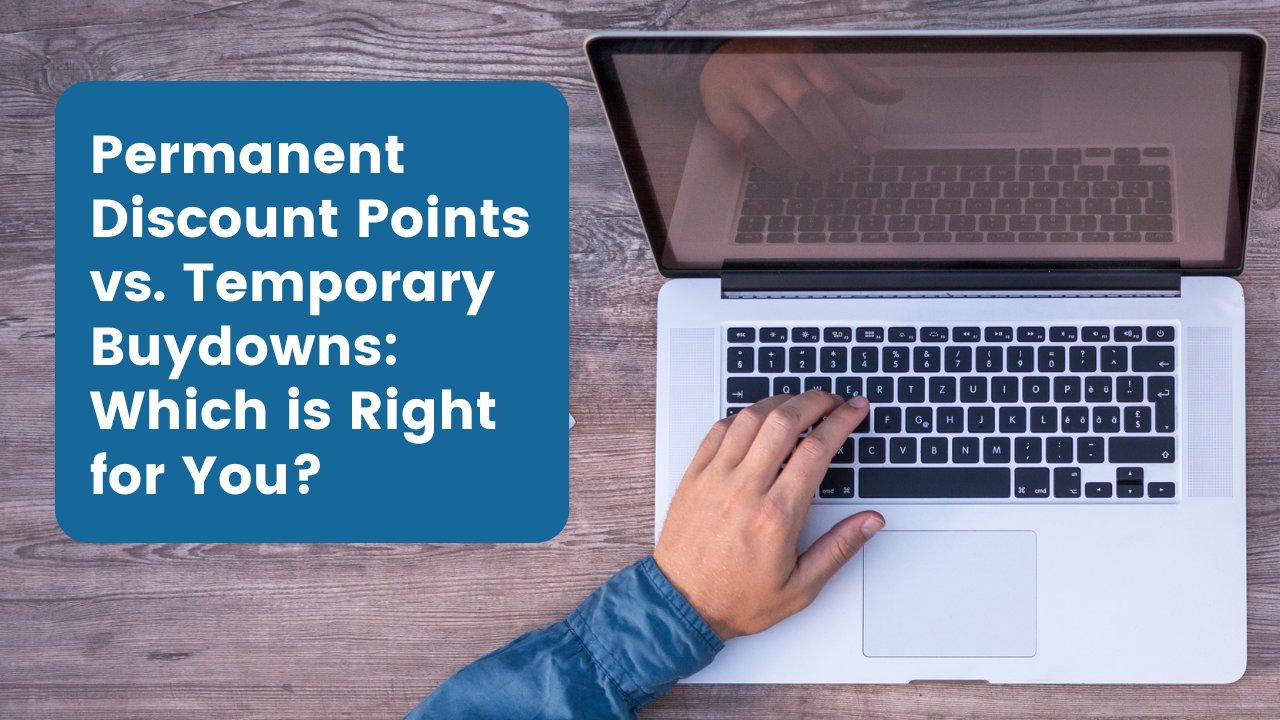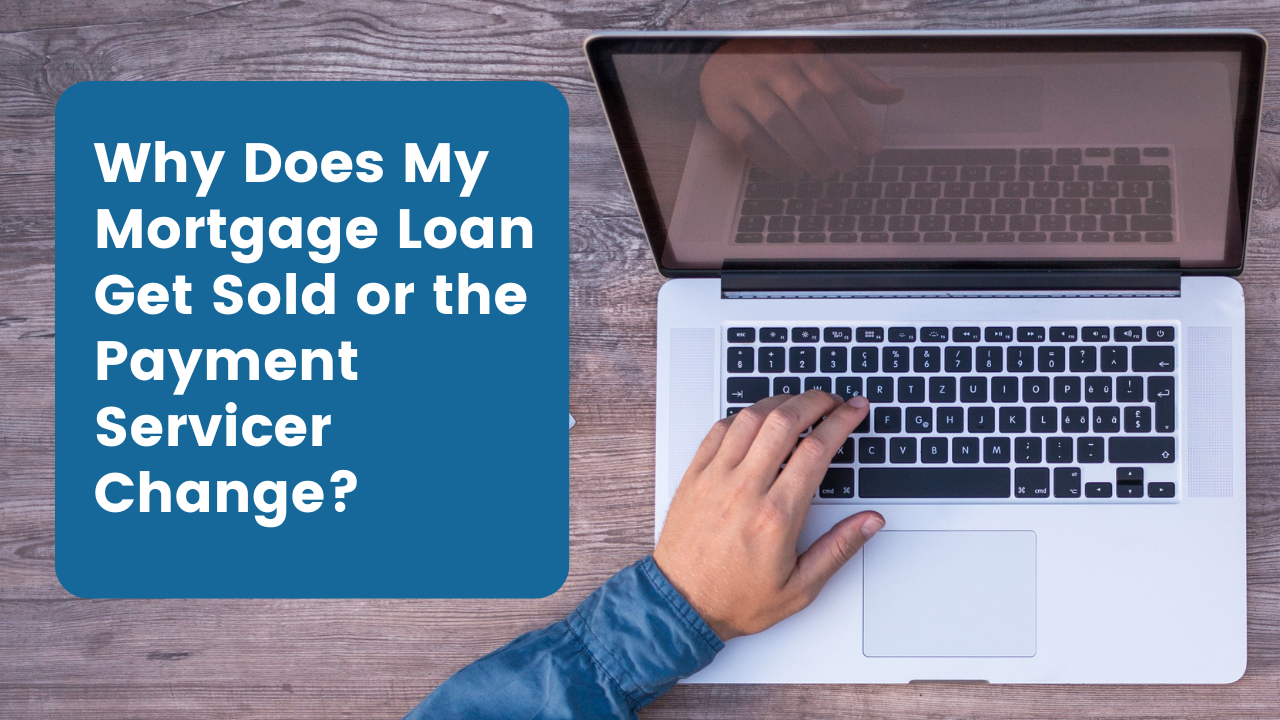Competition between lenders drives down costs and improves performance due to several key economic principles:…
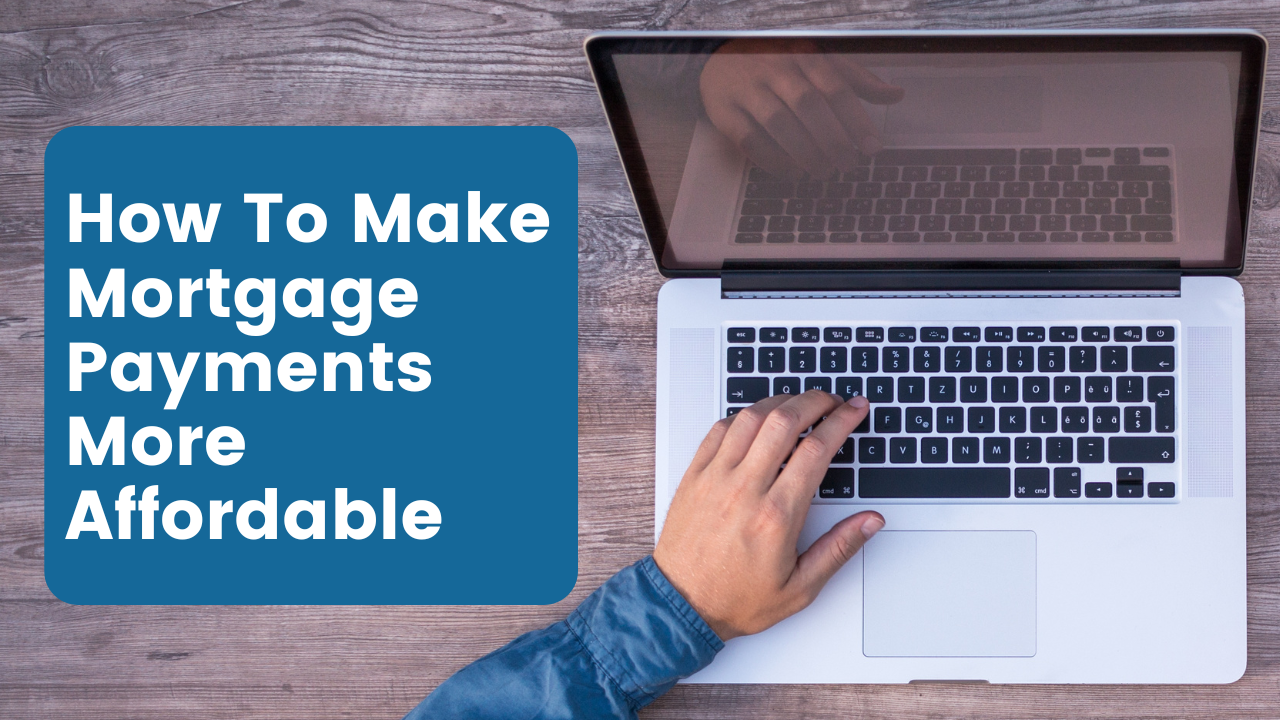
How to Make Mortgage Payments More Affordable
By Andy Harris, President of Vantage Mortgage Brokers
It’s no secret that housing payments have reached record levels in recent years. There are a combination of factors that have driven up mortgage payments specifically:
- High Mortgage Rates: Mortgage rates in 2023 and 2024 have risen significantly due to tighter monetary policies aimed at controlling inflation. These higher rates directly increase monthly mortgage payments.
- Elevated Home Prices: Although there have been some regional declines, home prices in many areas remain high, partly due to limited inventory and strong demand over the past few years.
- Inflation in Property Taxes and Insurance: Rising property values have increased property taxes in many jurisdictions. Additionally, insurance premiums have climbed, particularly in areas vulnerable to natural disasters.
- Stagnant Wages vs. Housing Costs: In many cases, wage growth has not kept pace with the escalating costs of housing, leading to affordability challenges.
So, how can we best counter this affordability crisis? What are the things we can control to consider over those we cannot control?
While lower inflation and mortgage rates will certainly help in the future, we must address the present and the reality of mortgage rates today. We have to be responsible and comfortable with housing payments and family budgets, but we must also think outside the box to make mortgage payments more affordable.
I am going to break this down into two sections. First, why do people buy homes and take on mortgage debt instead of renting? Second, how can we think outside the box to make homebuying more affordable today?
First- the WHY buy a home:
Homeowner Wealth vs. Renter Wealth
- Median Wealth:
-
- Homeowners: $254,900 (median net worth, U.S., 2022)
- Renters: $6,270 (median net worth, U.S., 2022)
- This stark gap exists because home equity is often the largest asset for middle-class households.
- Equity Growth:
-
- Homeowners build equity over time as they pay down the mortgage and as property values appreciate.
- Renters typically don’t gain any financial return from monthly housing payments.
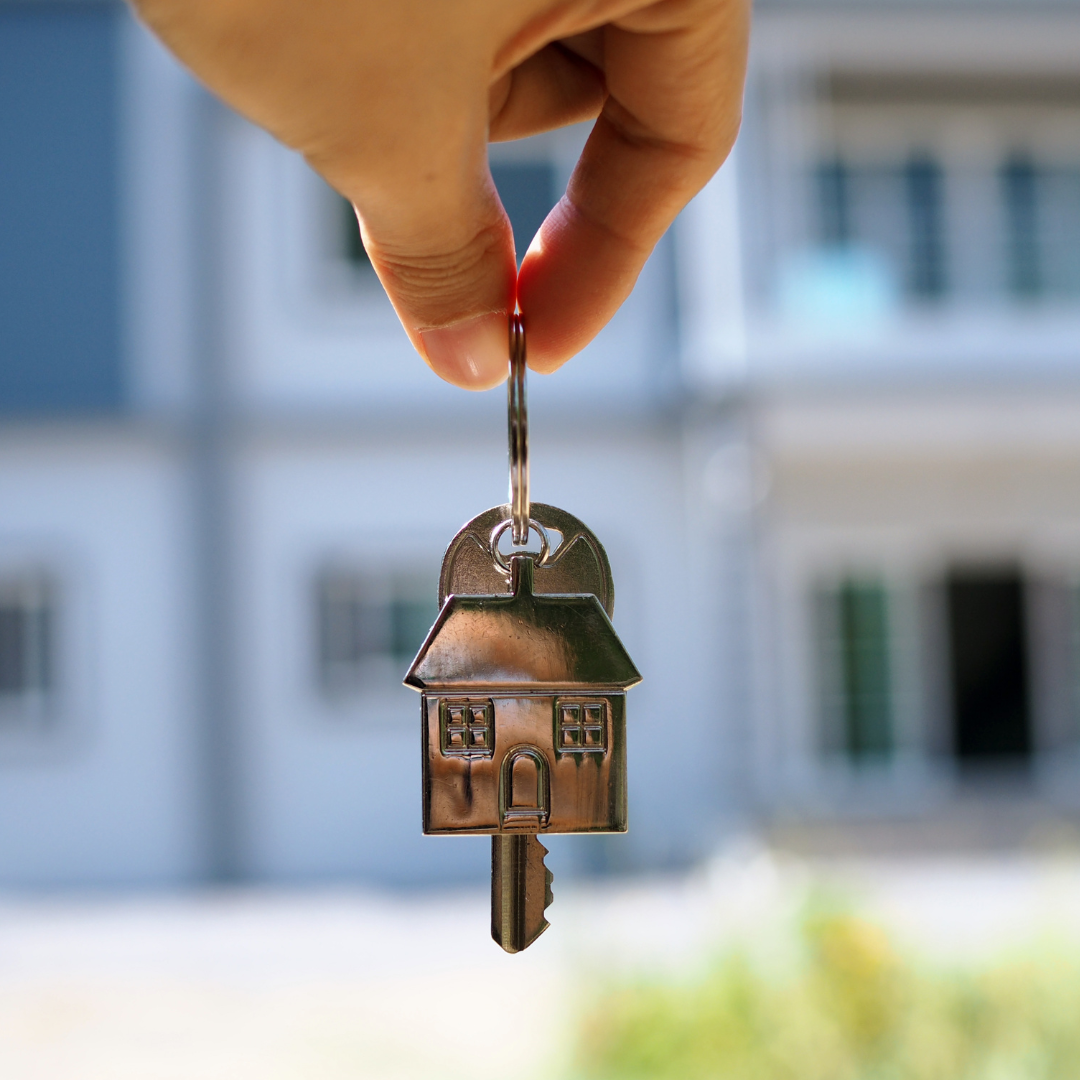
Long-Term Financial Benefits of Homeownership
- Appreciation Rates:
-
- Historical home price appreciation in the U.S. averages 3-5% annually. This allows homeowners to grow wealth passively.
- Forced Savings:
-
- Monthly mortgage payments (principal) act as a form of forced savings, building equity.
- Tax Advantages:
-
- Mortgage interest and property tax deductions (where applicable) can further enhance the financial benefits of owning.
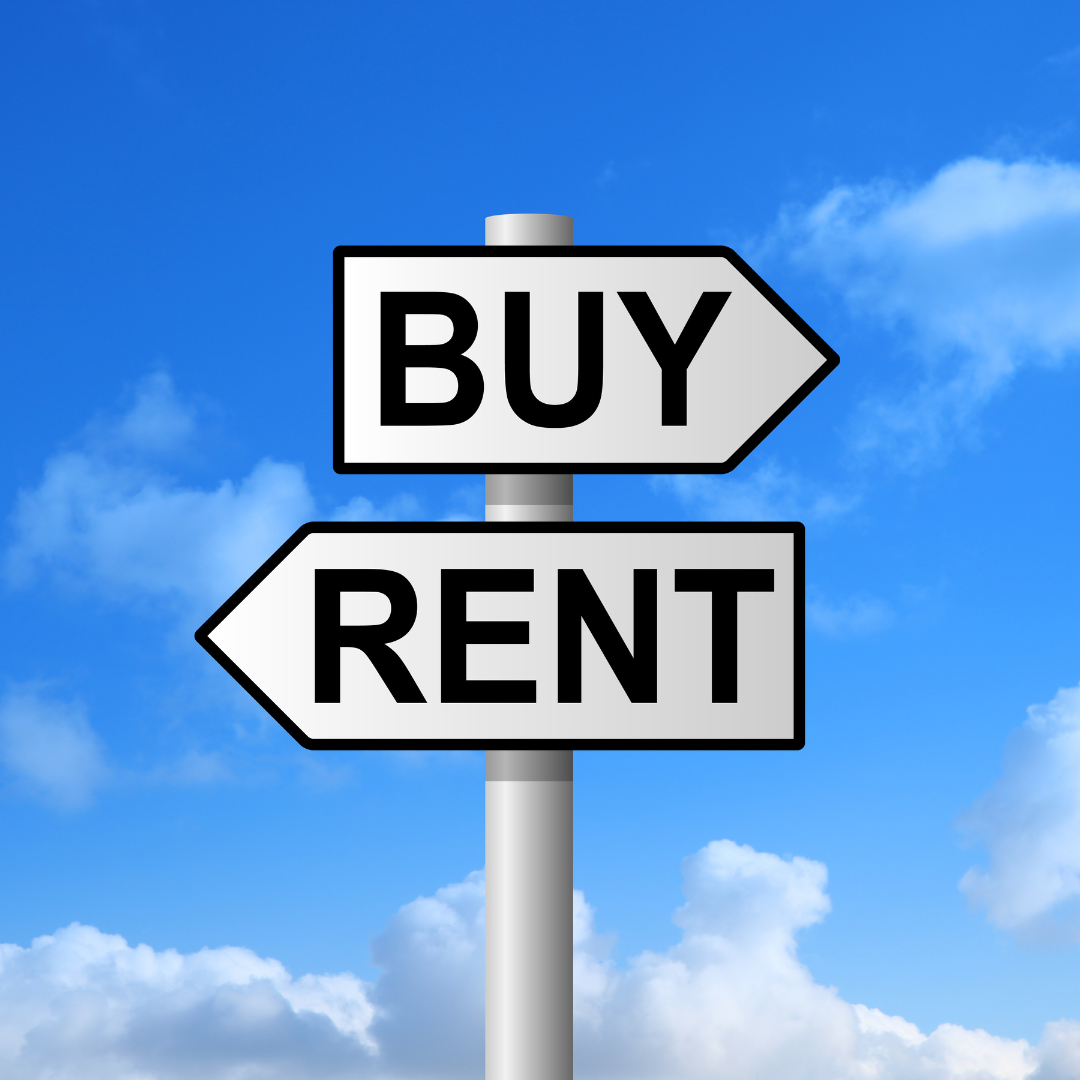
Cost Differences Over Time
- Rent vs. Mortgage Payments:
-
- Rent increases annually (U.S. average: 5-7% per year in 2023-2024).
- Fixed-rate mortgages lock in monthly payments, protecting against inflation. Over 15-30 years, this provides significant cost stability compared to renting.
- Opportunity Costs:
-
- Renters who invest savings from lower monthly payments may see wealth growth, but historically, most fail to match the equity gains homeowners realize from real estate appreciation.
Generational Impact
- A 2021 Federal Reserve study found that 70% of U.S. homeowners’ wealth is tied to their primary residence, showing the critical role of housing in wealth building.
- Renters, especially younger generations, face increasing barriers to homeownership due to rising home prices and interest rates, potentially widening the wealth gap.
** Let me also throw in some risk:
Risks and Challenges for Homeowners
- Liquidity:
-
- Home equity is not easily accessible without selling or refinancing. Renters can access their investments more easily if they’ve been saving or investing instead.
- Cost of Homeownership:
-
- Maintenance, repairs, insurance, and property taxes add 1-3% of a home’s value annually to costs.
- Market downturns (e.g., 2008 housing crisis) can wipe out equity temporarily.
Second- the HOW to get mortgage payments more affordable:
Consider the Down Payment (Versus Cash Reserves)
- If you haven’t yet purchased the home, putting down more money upfront reduces your loan balance and monthly payments.
- While the larger down payment will help lower your mortgage payments, compare that to lower down payment options and savings of post-closing cash liquidity. For example, a $500,000 mortgage payment will drop by approximately $67/mo for every $10,000 more you put down. This is something to consider and analyze. $10,000 spent / $67/mo savings = 149.25-month recapture or 12.43 years to recoup. There are also amortization and interest savings to consider, but don’t miss this. If you were to build an emergency fund and have liquidity to help cover mortgage payments, this can be a valuable option. This is an emergency or what we call “emortgagee” fund. If you built up a savings account where mortgage payments are automatically drafted each month. You can build on that fund and also embrace a return of interest or APY (if you’re able to get 3%, 5%, etc.). When you deposit into this account consistently and can access it for emergencies, having more cash, even with a slightly higher payment, might put you at ease and (not physically ‘feeling’ this payment each month) if you liquidate more than what feels comfortable. Consider the pros and cons of what putting more or less down can mean on the family budget for monthly payments versus post-closing liquidity.
- Paying down principal and making extra payments reduces your loan balance and long-term interest, which may allow you to refinance or lower future payments. Again, considering the liquidity test and math above also. Your appreciation rate will remain the same regardless of your mortgage balance, so see what investments your cash can also produce in the market. At any point, you can apply larger payments toward the principal to save on long-term interest.
Eliminate Private Mortgage Insurance (PMI)
- If you have 20% equity in your home, contact your lender to cancel PMI, which can save hundreds of dollars monthly.
Negotiate Seller Credits
- Seller credits can provide several benefits to all homebuyers. Using the same math above, consider requesting a $10,000 seller credit toward closing costs and prepaids rather than a $10,000 price or loan amount reduction. If you paid closing costs and prepaids yourself, the recapture math in this example could be over 12 years to recoup, making the credit more attractive than the price reduction and more cash/liquidity friendly.
- Seller credits can also be used for a temporary rate buy-down. Funds from the seller can be deposited into a fund that will temporarily reduce your mortgage payments for 1-3 years, ranging from a 1-3% temporary rate (payment) reduction. Many consider this while inflation and rates are higher. This can also equate to thousands in savings during this period. If the loan is refinanced and there are funds remaining in the buy-down account, they are applied directly back to the loan principal.
- Seller credits can be used to buy the rate down permanently. This is a consideration for any funds available after the standard closing costs and prepaids are covered.
Improve Your Credit Score
- A higher credit score can qualify you for better interest rates if buying or refinancing.
- Tips: Pay bills on time, reduce debt, and avoid opening new credit accounts before applying for a loan.
Downsize or Relocate
- If payments are unmanageable, consider selling your home and purchasing a smaller one or relocating to a less expensive area.
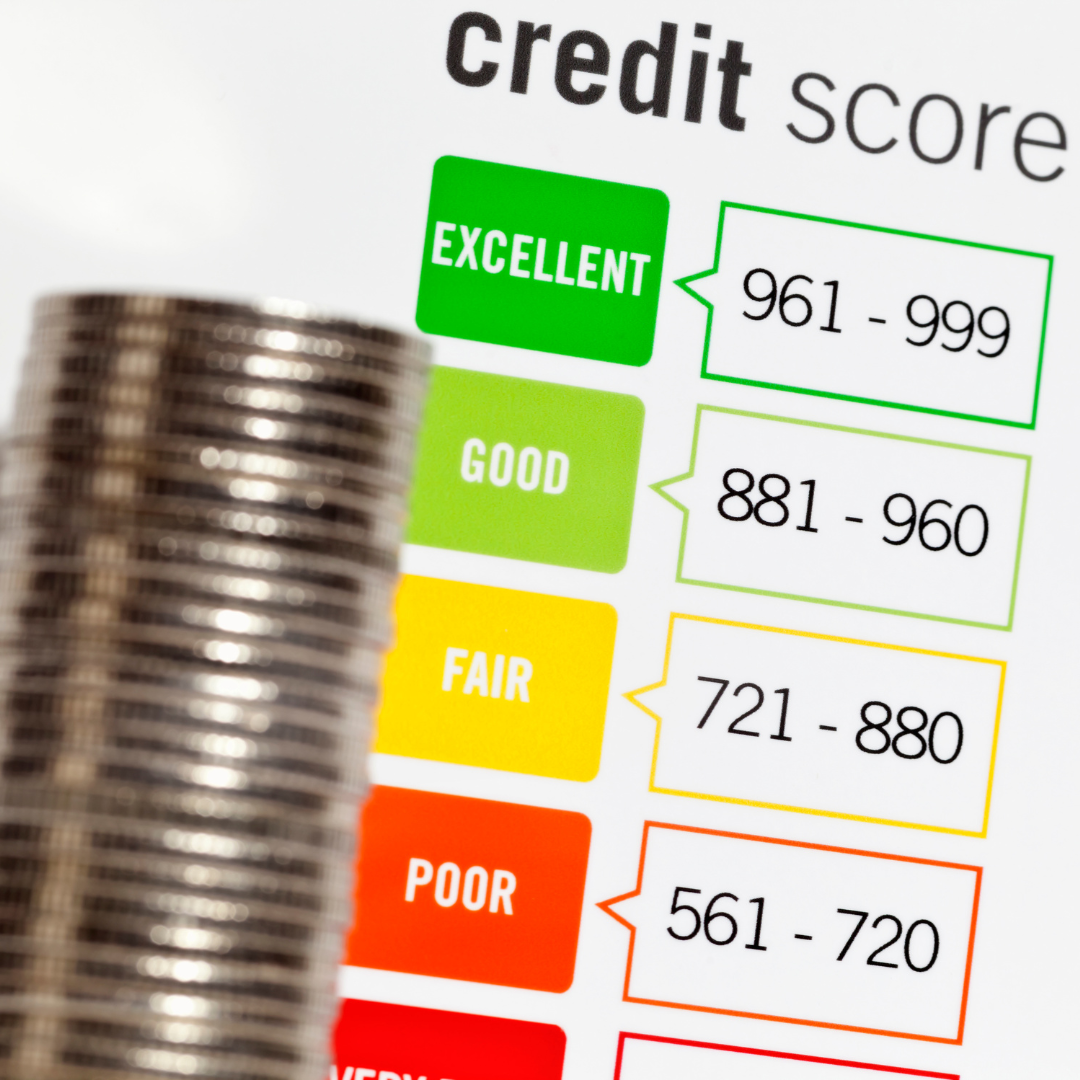
Extend the Loan Term
- Increasing the term of your loan (e.g., from 15 to 30 years) will reduce monthly payments.
- Downside: You’ll pay more in total interest over the life of the loan.
- The primary consideration here is interest savings on a shorter term versus longer term, both in initial note rate and amortization. Keep in mind that you can also, at any point, make additional principal payments on the mortgage to save on long-term interest, even if the term is longer to pay off earlier. The option of lower payment is available for the longer 30-year amortization.
Rent out an extra room or consider a multi-family
- Extra Income: Helps cover mortgage payments, utilities, or other expenses.
- Tax Deductions: You may be able to deduct a portion of your home expenses, such as property taxes, utilities, or repairs, based on the rented space.
- Flexibility: Renting a single room/dwelliing often requires less commitment than renting out an entire property.
Negotiate Lower Taxes or Insurance
- Taxes: Appeal your property tax assessment if you believe it’s overvalued.
- Insurance: Shop around for better homeowners insurance rates.
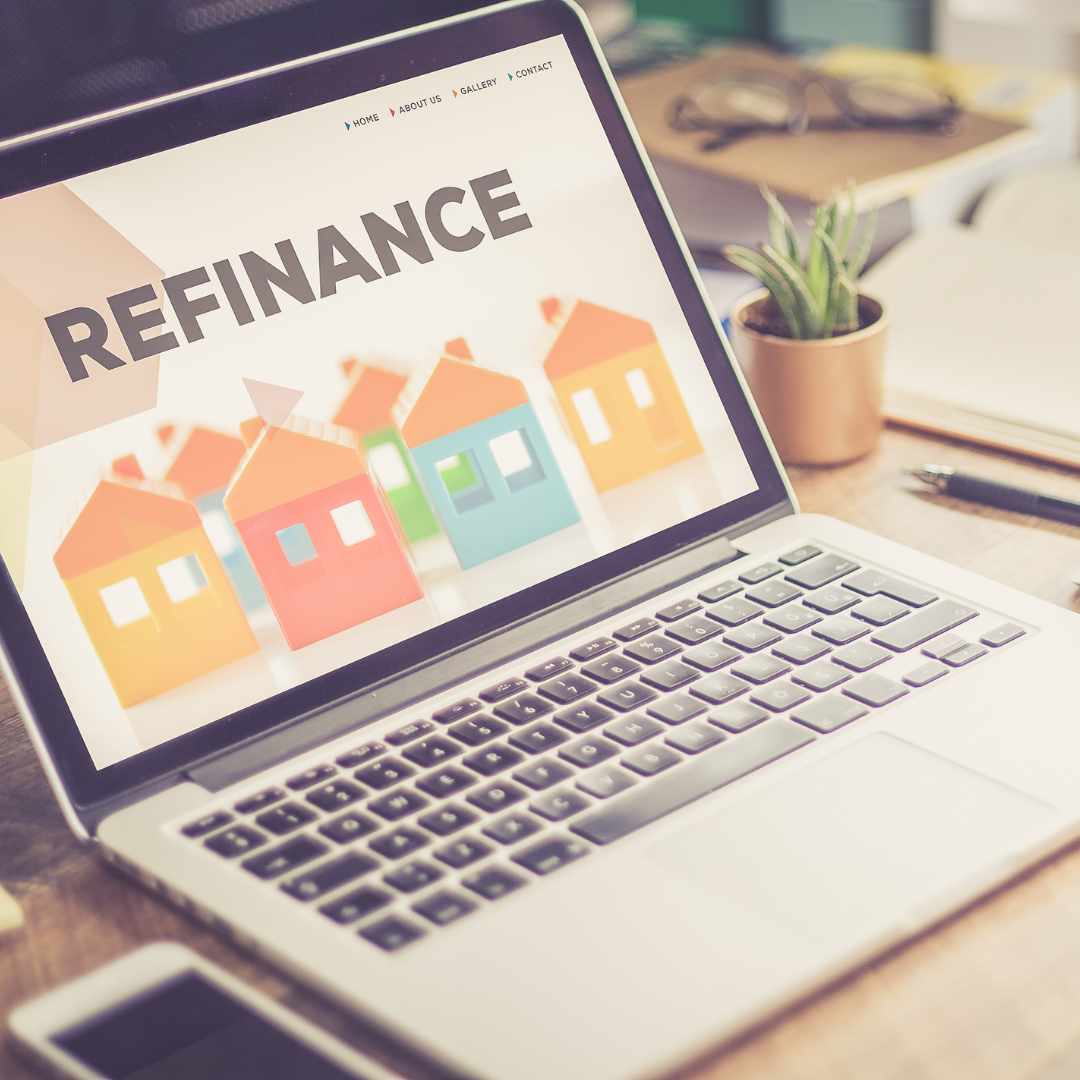
Refinance Your Mortgage
- When to Consider: If interest rates drop or you have improved your credit score since taking out your loan.
- Options:
-
- Rate-and-Term Refinance: Lower your interest rate or extend your loan term to reduce monthly payments.
- Cash-Out Refinance: Consolidate higher-interest debt, though this increases your loan balance. Consolidating debts can free up overall household payments.
- Downside: Fees and closing costs could offset savings, so calculate carefully.
Recast your mortgage
Lump-Sum Payment Required:
- Borrowers make a significant payment (often $10,000 or more) toward the principal balance.
Lower Monthly Payments:
- After the payment, the lender recalculates the remaining balance, resulting in smaller monthly payments.
Interest Rate Stays the Same:
- Unlike refinancing, the interest rate and loan term remain unchanged.
Fees:
- Some lenders charge a small fee for the recast (usually $100–$500).
No Need to Requalify:
- Unlike refinancing, you don’t need to go through a credit check or income verification.

